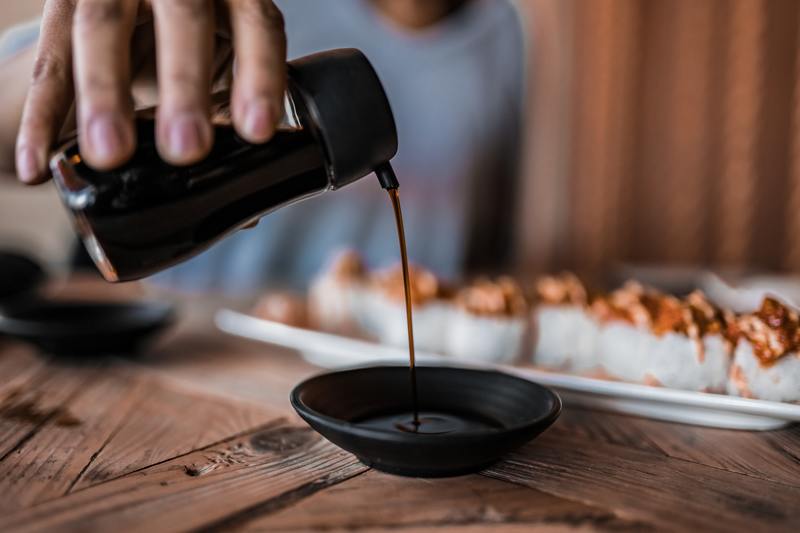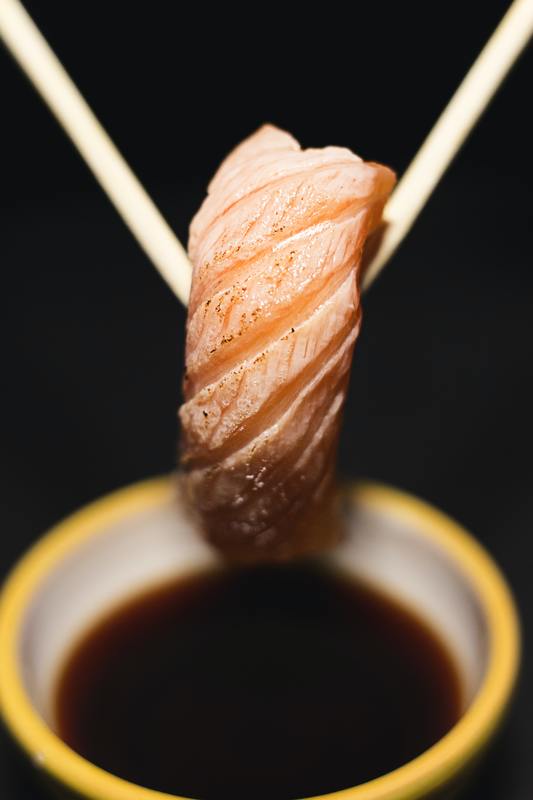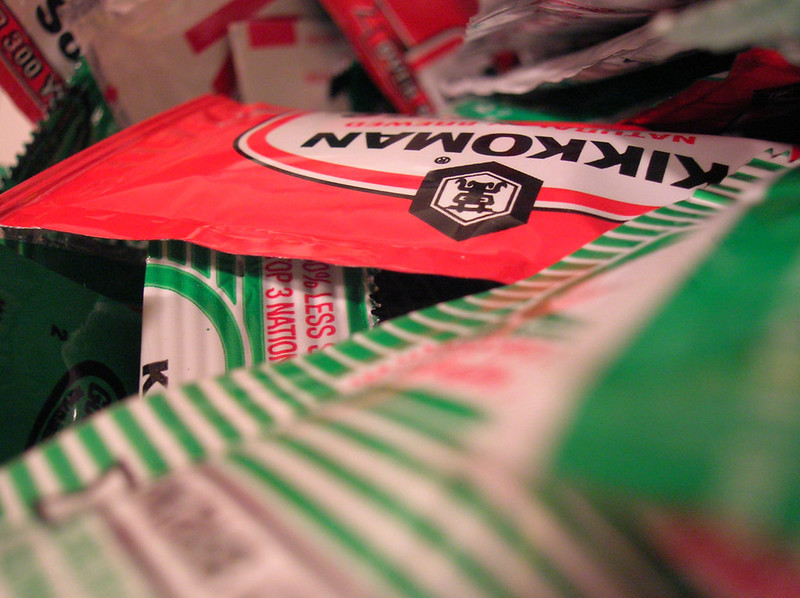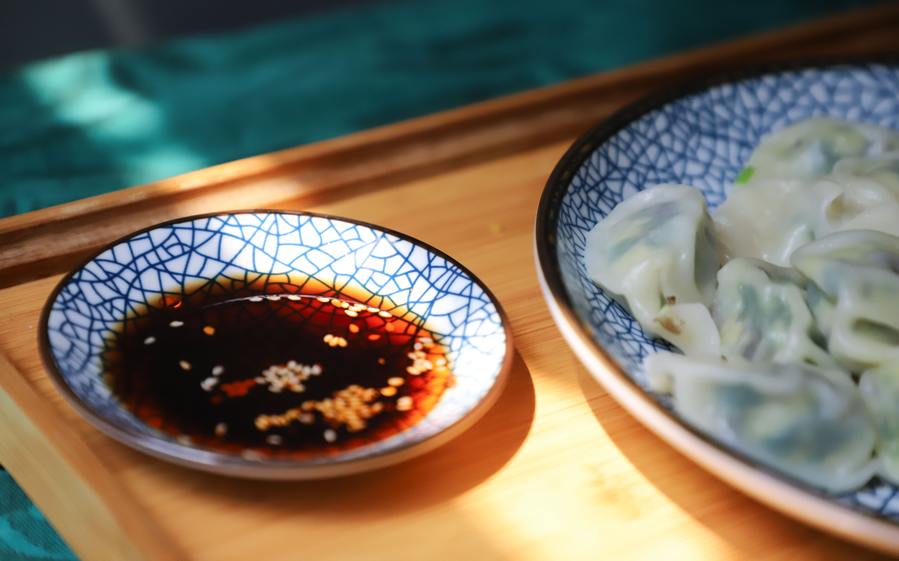In every Malaysian’s household regardless of race or religion, one or two bottles of dark salty liquid known as soy sauce can be found. From a thin fluid concoction to a thick sticky sauce—soy sauce is the most commonly used Malaysian cooking ingredient and condiment next to salt.
Known as kicap in the Bahasa Melayu, soy sauce is traditionally made from soya, or soybeans. The beans go through a process of soaking, washing, steaming, fermenting, and storing in salted water to produce a black substance that is left for months to slowly break down and release a sweet-salty profile, known as the Maillard Reaction.

History traces this process to over 3,000 years ago, originating in China. Areas too far away from the ocean had to stretch the salt provisions, leading to the creation of this soy-salt combination. At first, soy sauce was derived from pickling grains, but then evolved to be included in cooking processes. Trade and travel brought it to the world, and other regions soon incorporated it into their own cuisine.
Most soy sauces contain a little bit of caramel to increase the sweetness and viscosity, while a select Southeastern range also contains essences of the iconic spicy chili padi (bird’s eye chilli) and garlic for a robust flavour profile and fragrant scent. Rather than a substitute to salt, soy sauce acts more as a flavouring agent, although using only it in your dish can aid in sodium control.
Modern soy sauces can taste a little more chemical, as the production process is sped up through an acid-hydrolysing process, cutting down the months-long fermentation to only about three days. These sauces often give off a more salty end-product, consisting of more artificial added flavourings, colouring, and corn syrup.
Light soy sauce, known for its thinner consistency and saltier profile, is commonly used as a dip or marinade in Chinese cuisine. Look for dishes like steamed fish, steamed egg, or dumpling dressing, where the sauce is often served with slices of ginger on the side. It is also used during stir-frying, and for flavouring congee. This soy sauce is also popular in Japanese eateries, as the dipping condiment for sushi.

Dark soy is the product having been aged longer, and has had more caramel added to results of richer flavour with a darker colour. Not to be confused with thick soy sauce, this version is less salty than light soy sauce. It is used for meat-centric dishes, as it enhances the taste and appearance of dishes such as fried noodles and braised pork, chicken, and beef with a hint of sweetness.
Dark caramel, also known as thick soy sauce, is more reddish-brown and bitter compared to the two aforementioned sauces. It is the sweetest of the lot, and is often confused for oyster and hoisin sauces, which have traces of seafood for added flavour profiles. This sauce is commonly found in the Malay variations of stir-fries, glazing, and other sauces as additional flavouring.

Soy sauce has been known to impart many health benefits when consumed in moderation. Its components promote digestion, immune system strengthening, blood pressure reduction, and even aids in allergy control due to its antioxidant qualities. Do note however, that some soy sauces may contain a strain of wheat, and is unfit for people with soy allergies.
This article was first published in The Expat magazine (May 2020 edition). For more content like this, subscribe here.
"ExpatGo welcomes and encourages comments, input, and divergent opinions. However, we kindly request that you use suitable language in your comments, and refrain from any sort of personal attack, hate speech, or disparaging rhetoric. Comments not in line with this are subject to removal from the site. "




















